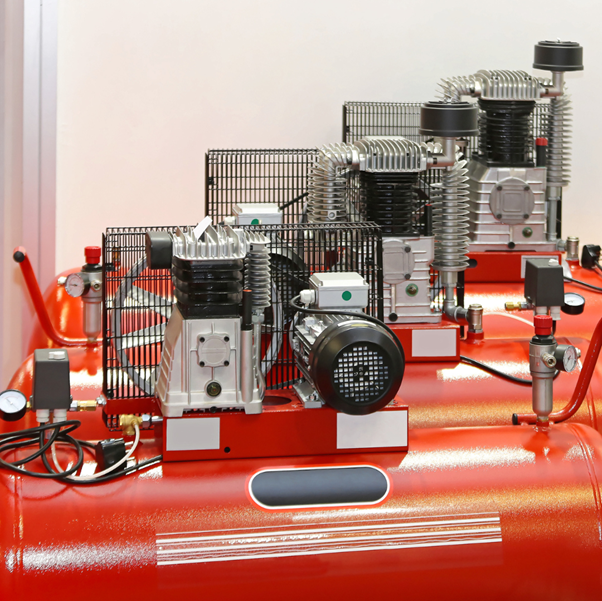Gym flooring is an important component of any gym setting. It helps to protect athletes from injuries while also providing a safe and comfortable surface to practice and exercise on. Proper installation and maintenance of gym flooring is essential in order to ensure that the flooring remains safe and provides the necessary support and cushioning.
The installation of gym flooring should be done by a professional, as it requires specialized tools and knowledge in order to ensure that the flooring is properly installed and secure. This includes making sure that any seams are properly sealed and that the flooring is level and free of any debris. Once the flooring is installed, it is important to maintain it regularly. This includes vacuuming and sweeping the flooring to remove any dirt and debris, as well as performing regular inspections to make sure that the flooring is still in good condition. If any damage is noticed, it is important to repair or replace the flooring immediately in order to maintain its safety and functionality.
In addition to the installation and maintenance of gym flooring, it is important to use the correct flooring for the type of activities that will be taking place in the gym. For example, if the gym will be used for weightlifting, it is important to choose a flooring material that is specifically designed to withstand the heavy impact of weights. Similarly, if the gym will be used for aerobic activities, it is important to select a flooring material that is designed to absorb shock and provide cushioning. Overall, proper installation and maintenance of gym flooring is essential in order to ensure the safety and functionality of the gym.
A Closer Look at Cushioning
Cushioning and soundproofing are both important factors to consider when selecting gym flooring. Cushioning is important to reduce the amount of shock on the body when exercising, while soundproofing is important to keep sound levels at a reasonable level.
Cushioning: There are several different types of cushioning options for gym flooring. The most common type of cushioning is foam padding, which is typically made out of polyurethane or EVA foam. Foam padding is designed to absorb shock and reduce the amount of impact on the body when exercising. Foam padding is available in a variety of thicknesses and densities, so it can be tailored to the needs of the user. Another type of cushioning is rubber flooring, which is usually made out of recycled rubber. Rubber flooring is designed to provide a higher level of shock absorption than foam padding and is available in a variety of colors and designs.
Soundproofing Options in gym flooring
Soundproofing: When it comes to soundproofing, there are several different options available. Acoustic tiles are a popular option for soundproofing gym flooring. Acoustic tiles are made out of a variety of materials, including cork, foam, and rubber, and are designed to absorb sound and reduce the amount of echo in the space. Another option for soundproofing is to install a suspended ceiling. Suspended ceilings are typically made out of acoustic tiles or acoustic panels and are designed to absorb sound and reduce the amount of echo in the space. Finally, soundproofing can also be achieved by installing soundproofing materials such as acoustic blankets or soundproofing curtains. These materials are designed to absorb sound and reduce the amount of echo in the space. Overall, there are many different options for cushioning and soundproofing gym flooring.





